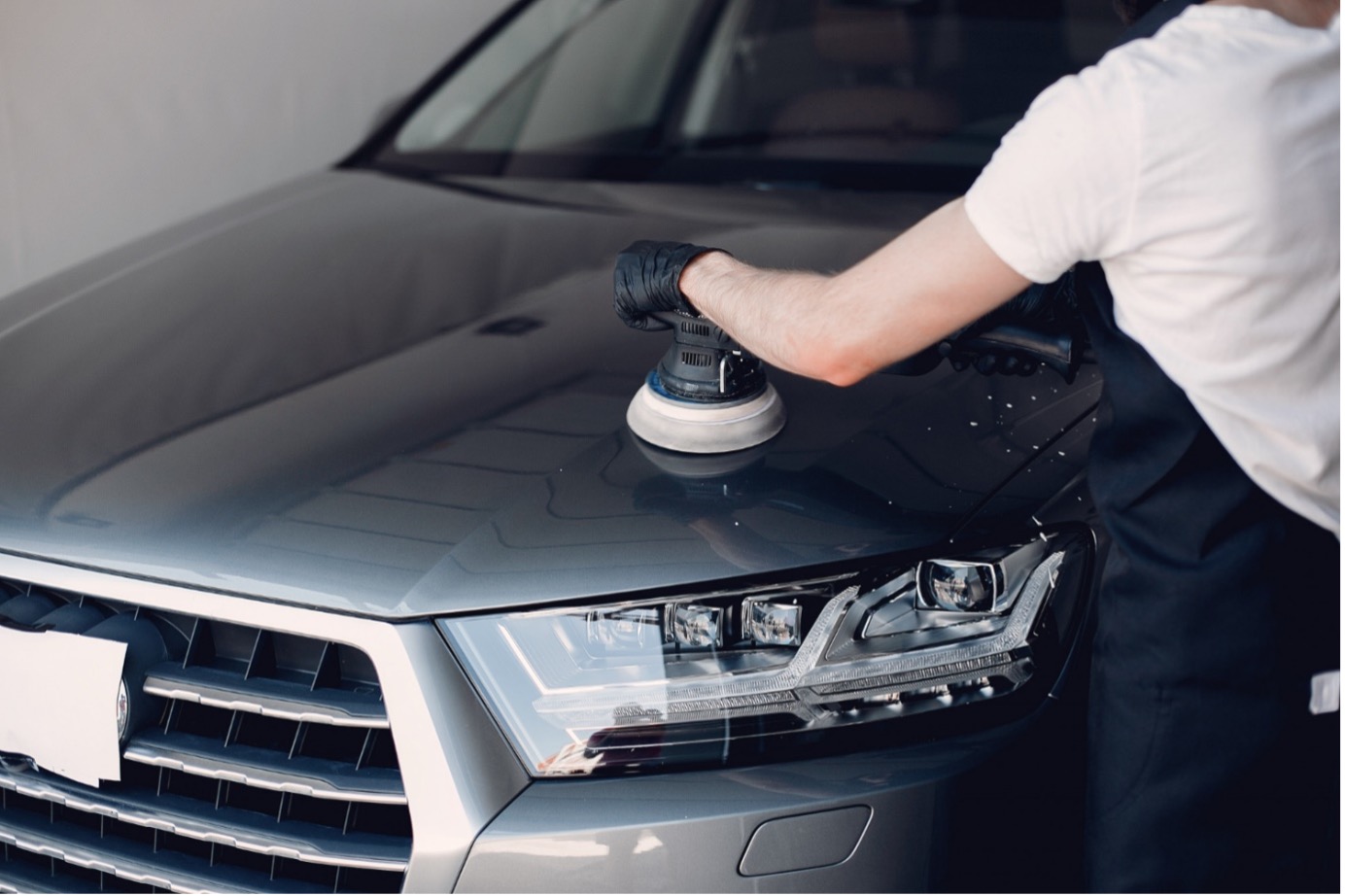Like most assets you own, a car needs proper handling and maintenance. At times, it is close to impossible to avoid a car scratch. Car scratches may result from vandalism, poor parking, or a minor accident. Regardless of how long you have owned the car, a scratch can be unpleasant and frustrating as it reduces the appearance of your vehicle—making it essential to find a suitable way to get your vehicle looking as good as new. Even though you want to repair the scratch by yourself, it is essential to hire a professional. They have in-depth knowledge of scratch restoration. But before all this, let’s get a better understanding of the importance of repairing minor scratches.

Why should you fix scratches on your car?
· Prevent further damage
At first, a scratch might seem minor or harmless, but it could turn disastrous with time. A little scratch can lead to rust on your vehicle, which can damage the vehicle’s frame.
· Avoid loss of value
If you do not intend to stay with your car for long, it is necessary to deal with the minor scratch before it gets out of hand. A scratch, however small it is, will drastically lower the resale value of your car.
Professional methods of minor car scratch restoration
· Paint correction
Paint correction eliminates imperfections, such as minor scratches, to give your car a new look. Before starting the paint correction process, you will need to level the surface, which is done through the methods mentioned below.
· Wet sanding
Wet sanding is a process where scratches and defects are removed from your car with the help of sandpaper. The process needs to be perfectly done to avoid an inconsistent pattern or excessive paint removal. Innovation of wet sanding machines has been critical to prevent these problems since the equipment flawlessly does the job.
When manually wet sanding, it is paramount to use the sandpaper together with water since it serves as a lubricant. Additionally, water helps to get rid of the removed paint to avoid clogging the sandpaper. It is necessary to understand that wet sanding for minor scratches is usually less aggressive and takes little time.
· Compounding
The compounding method is used to remove scratches that are too hard to get rid of. This method uses a liquid with chemical and physical abrasives to remove the scratches. Like wet sanding, compounding has embraced advanced technology by using a machine polisher and microfiber pads for scratch removal.
After leveling the paint, your car undergoes polishing, alternatively called the refinement or finishing stage. This is the stage that restores the complete clarity and gloss in color. Lastly, it would be best to protect the paint by applying wax, sealant, or ceramic coating.
Scratch repair kit
A scratch repair kit is an efficient way of removing small to moderate scratches. The kit contains a touch-up paint, buffer, a scratch removal polish, and paste. You need to thoroughly clean the area under the scratch to remove any debris and dust for best results.
When cleaning, try and use soap and water. After that, you can use a microfiber cloth to dry the area. Using the buffing pad, rub a small amount of the scratch removal paste on the area and wipe off the excess. The paste removes the car’s thin layer coat creating a smooth and even surface.
Conclusion
A car is prone to get a few scratches from minor accidents, vandalism, or poor parking skills. As a result, getting some professional care for your vehicle is essential to restore its look.
Interesting Related Article: “Paint Like a Pro: Guide to DIY Car Painting“

